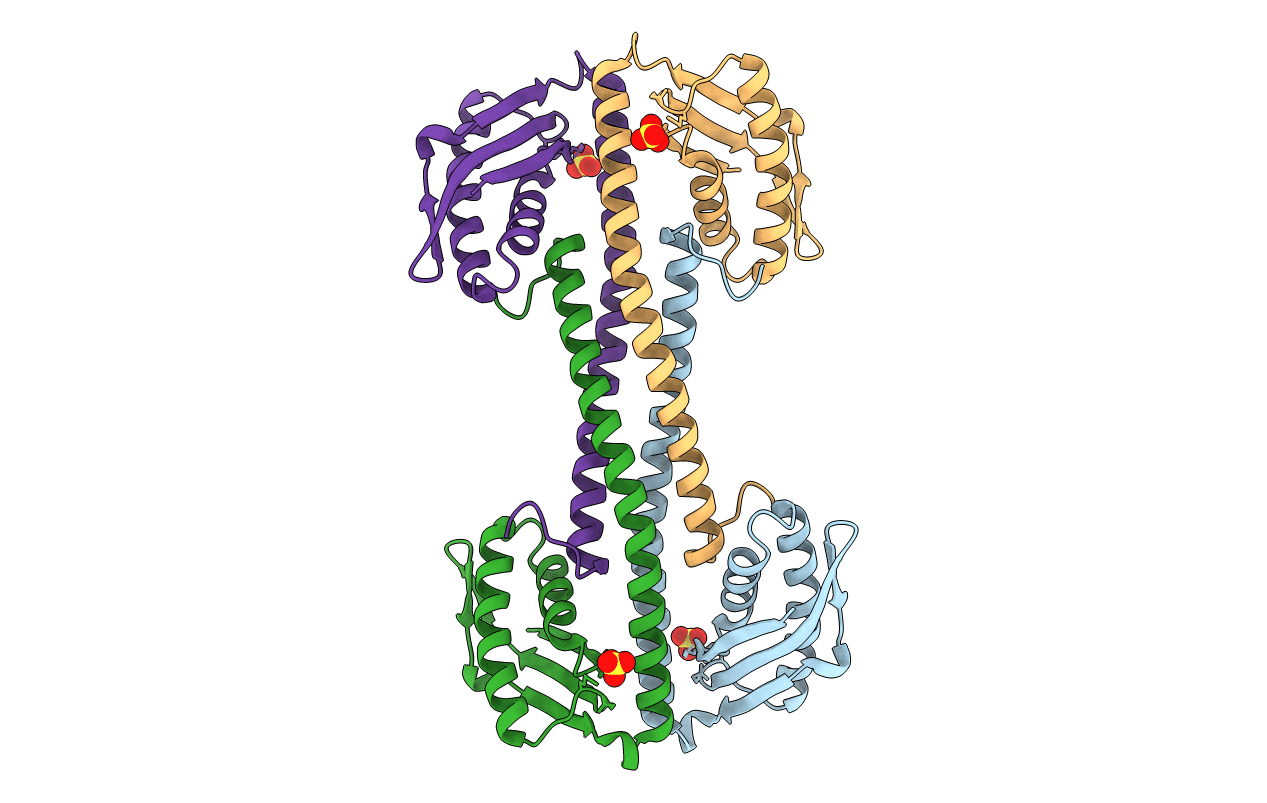
Deposition Date
2014-03-07
Release Date
2014-04-30
Last Version Date
2024-11-06
Entry Detail
PDB ID:
4PSM
Keywords:
Title:
Crystal structure of pfuThermo-DBP-RP1 (crystal form II)
Biological Source:
Source Organism:
Pyrococcus furiosus (Taxon ID: 186497)
Host Organism:
Method Details:
Experimental Method:
Resolution:
2.43 Å
R-Value Free:
0.27
R-Value Work:
0.22
R-Value Observed:
0.22
Space Group:
C 2 2 21


